https://ift.tt/2BOXoR9
For all intents and purposes, the United States can almost be considered an entire continent in itself. This means that a person from another country can’t come, visit for several days or a week, and say that he or she has seen what the entire US is all about. But there are several landmarks that every traveler needs to see before they can even begin to consider checking the US off of their travel bucket list. Even though there are plenty to choose from, and these are presented in no particular order, here are 10 must-visit tourist attractions in America.
10. The Statue of Liberty
As far as famous American national monuments go, the Statue of Liberty is probably the most easily recognizable of them all. Officially known as Liberty Enlightening the World, it was a gift from the French to the American people in 1886 – celebrating the centenary of American Independence. It stands at a total of 305 feet tall, of which 151 feet is the copper statue itself, while the rest is comprised of the pedestal and foundation. Designed by French sculptor Frédéric Auguste Bartholdi, the statue is in a neoclassical style with Art Nouveau elements, and is a representation of Libertas, the Roman goddess of liberty and personal freedom. Gustave Eiffel was responsible for the framework, while the pedestal was designed by Richard Morris Hunt, a prominent American architect.
While the statue’s construction and shipment were paid for by the French, the building of the pedestal was left to the Americans. Nevertheless, the whole project was under threat when the US government wasn’t able to raise sufficient funds. Luckily, Joseph Pulitzer, publisher of the New York World newspaper, organized a drive to raise $100,000 (roughly $2.3 million today) from readers across the country by pledging to print the name of every contributor, regardless of the sum given – and the construction was finally finished. The site was chosen on Bedloe’s Island, now called Liberty Island, in New York Harbor, and the statue was aligned to face towards the southeast, thus greeting ships entering from the Atlantic Ocean.
In 2016, the Statue of Liberty was able to draw in roughly 4.5 million tourists – a number higher than in previous years. Still, this is a relatively small number compared to other famous NYC landmarks such as Central Park or Times Square, which both draw nearly 40 million visitors annually.
9. Yellowstone National Park
Covering an area of almost 3,500 square miles, mostly in Wyoming, Yellowstone National Park is one of the most stunning and unique national parks in the world. It’s home to a wide variety of wildlife (many of them endangered), vast natural forests, numerous waterfalls, roughly half of the world’s geothermal features, and two thirds of the planet’s geysers (more than 300, the most famous being Old Faithful). The park is also one of the largest intact ecosystems in the northern temperate regions of the Earth. When it was first discovered back in 1869, explorers David E. Folsom and Charles W. Cook described Yellowstone Lake as “a scene of transcendental beauty.” The two later wrote an account about their expedition, but had trouble in selling it since most magazine editors found the stories to be too farfetched. Nevertheless, Yellowstone became the first ever national park in the world in 1872, even before the states it’s in were… well, States.
Another interesting fact about Yellowstone, and the reason why it is home to so many geological features, is because it sits right on top of one of the largest active supervolcanoes in the world. In fact, much of the park itself is the actual caldera of this huge volcano. There is so much magma below the surface that it’s estimated it could fill up the Grand Canyon to the brim 11 times over. Last time Yellowstone erupted was roughly 640,000 years ago, with a force 2,500 times greater than the 1980 eruption of Mount St. Helens. Luckily, however, an eruption isn’t believed to be happening anytime soon, even though the ground has bulged up by about 10 inches over a seven-year timeframe. In 2016, the park drew in roughly 4.2 million visitors, making it among the most visited natural attractions in the country.
8. Niagara Falls
Now, even though they aren’t the tallest waterfalls, Niagara Falls is definitely a sight worth seeing. Located at the border between Canada (Ontario) and the United States (New York), Niagara Falls is the largest waterfall in terms of volume in the US. Over 3,160 tons of water flow over the falls every second, at a speed of 32 feet per second. There are three waterfalls in total here. The American and Bridal Veil Falls are located on the American side of the border, and are separated by Luna Island. Some 75,750 gallons of water flow through these two waterfalls every second. The larger Horseshoe Falls is shared by both Canada and the US, and with the length of the brink at 2,600 feet, this waterfall sees over 600,000 gallons of water falling every second from a height of 167 feet. Some 12,000 years ago, at the end of the last Ice Age, the falls extended some seven miles down the river. But over time, the brink has steadily eroded away, bringing it to its current location.
Four of the five Great Lakes drain their waters through Niagara Falls before emptying into Lake Ontario. There are two hydroelectric plants that draw water into their reservoirs prior to the falls. Depending on the time of day and the season, the volume of water varies considerably. The best time to visit is during the day, in summertime, when the volume is greatest. People can admire the falls from both sides of the border, by making use of the many observation decks, walkways, towers, as well as a boat tour that takes you to the heavy mists of the falls themselves. Estimates point to roughly 8 or 9 million people visiting Niagara Falls every year, but local business aren’t convinced and believe the real number to be closer to 3 million.
7. The Las Vegas Strip
Sometimes called Sin City, Las Vegas is a must-see for every tourist visiting the US. The city saw its beginning with a group of Mormons that established a fort there in 1855. The settlement eventually failed, but the fort was taken over Octavius D. Gass, an American businessman and politician. Later, in 1905, Las Vegas was connected to the Union Pacific Railroad, and in 1931 the construction on Hoover Dam began. To help draw in workers for the construction project, as well as to help them pass the time, casinos and showgirl venues opened up in Las Vegas’ only paved road, Fremont Street. In 1941, the first official casino was built just outside of the city’s limits, the El Rancho Vegas resort – and the famed Las Vegas Strip began to take shape. Notorious gangster Bugsy Siegel built the Flamingo in 1946 and during the 1950s and ’60s, other mob-backed casinos began to appear, like the Sahara, the Riviera, the Sands, and the New Frontier.
What many don’t know is that the Strip is not inside Las Vegas proper. It stretches for 4.2 miles south of the city and passes through the unincorporated towns of Paradise and Winchester. The famed Welcome to Fabulous Las Vegas sign was built back in 1959, exactly 4.5 miles south the actual city limits. Over 39 million people visited the Las Vegas Strip in 2017. Surveys also show that most US travelers marked Vegas as their desired destination for 2018. The Strip has also been designated as an American Scenic Byway, and the only one that’s enjoyable at night. It has one of the highest concentrations of neon lights in the world, and is packed with over 75 years of extravagance, history, and charm.
6. Independence National Historical Park
When it comes to history, Philadelphia is the city every tourist needs to see. Known as the birthplace of American democracy, the Independence National Historical Park, located in Philadelphia’s historic center, is said to be “America’s most historic square mile.” The park is home to the Liberty Bell Center, Congress Hall, the New Hall Military Museum, the Bishop White House, the Graff House, the Franklin Court, the First Bank of the United States, and Independence Hall, among other historically-important buildings. The centerpiece of the park is Independence Hall, a UNESCO World Heritage site. This is where both the Declaration of Independence (1776) and the Constitution of the United States (1787) were debated and signed.
Among the many other buildings in the park, there is also the City Tavern. John Adams, the 2nd President of the United States, called it “the most genteel tavern in America” after he was taken there by the citizens of the city when he arrived to Philadelphia to attend the First Continental Congress in August 1774. This history-packed hotspot draws in roughly 5 million visitors every year, and is a perfect place to immerse yourself in America’s Revolution against the British and the founding of the nation itself.
5. Hawaii’s Volcanoes
Hawaii Volcanoes National Park draws in roughly 1.5 million visitors every year. Located on the island of Hawaii, this national park holds two of the world’s most active and easily accessible volcanoes – Mauna Loa and Kilauea. Mauna Loa is the largest volcano on Earth in terms of volume and area covered – 19,999 cubic miles. The summit stands at 13,680 feet above sea level, and roughly 56,000 feet from the depressed sea floor. This makes it more than 27,000 feet higher than Mount Everest, and the second largest sea mountain in the world after Mauna Kea, which is on the same island and only 110 feet higher.
But despite these record-breaking figures, Kilauea is the more impressive, and rightfully so. As the youngest volcano on the island, Kilauea has not stopped erupting since 1983, continuously spewing out lava over the landscape and creating numerous fountains and rivers of molten rock. Unlike continental volcanoes, which usually erupt in a devastating explosion, these island volcanoes are far less gaseous and more fluid, thus making them much safer to admire from a safe distance. And besides the volcanoes themselves, the park also offers a glimpse into the native flora and fauna of the isolated island, as well as the cultural heritage of the people who’ve called it home for hundreds (and hundreds) of years.
4. The Redwood Forests of Northern California
For the many interesting things California has to offer, almost nothing is more humbling and awe-inspiring than the redwood forests located in the northern parts of the state. But unlike many of the other entries on this list, these forests and the four national and state parks they encapsulate receive a relatively small number of annual visitors – almost 1.5 million in total. Nevertheless, these huge trees have been standing since before the Roman Empire. The Redwood National Park is also home to Hyperion, the world’s largest living tree that we currently know about. Discovered only in 2006, this humongous coast redwood is 379.7 feet tall, or 74 feet taller than the Statue of Liberty. Hyperion is also a relatively young tree – roughly 600 years old (or about 20 in human years). This means that it’s still growing. And it’s not the only one to reach this gargantuan size. Other similarly-tall coast redwoods have been discovered in the area in recent years.
Thanks to their close proximity to the Pacific Ocean, these forests have a relatively stable and pleasant climate all year round. Nevertheless, peak tourist season is during the summer and early fall months, from June to September. Now, besides the redwood forests themselves, the region has other natural wonders to offer. Over 40 mammal species call this area their home, like bobcats, coyotes, black-tailed deer, mountain lions, and black bears, as well as over 400 bird species. There are also several points that overlook the ocean and which are prime locations for spotting migrating gray whales, especially between the months of December and April.
3. Mesa Verde National Park
Another great place to experience American history is to look into the heritage of the Native Americans. The Mesa Verde National Park, located in the state of Colorado, has a total area of 52,485 acres and houses over 5,000 sites, as well as over 600 cliff dwellings. The whole area was inhabited at least as early as 7500 BC by a group of nomadic people known as the Foothill-mountain paleoindian complex. Then, in around 1000 BC, a new culture emerged in the region, the Basketmakers. They were then followed by the Pueblo Culture in around 750 AD, and flourished in the region up until the end of the 13th century when they were finally driven out by social and environmental instability. It was during their last 150 or so years in the area that they built the many cliff dwellings that the park is most famous for.
One of the largest and best preserved sites here is the Cliff Palace – which is also the largest cave dwelling in the whole of North America. This settlement once contained 150 rooms and 23 kivas (special rooms used for religious rituals and political meetings). At its height, Cliff Palace was able to house over 100 people – something which doesn’t sound like much, but given its location and the fact that most other cliff dwellings contain only one to five rooms, that’s definitely a lot. Based on its size, the Cliff Palace is believed to have held an important social and administrative significance for the Puebloans before they were forced out of the area altogether. Every year, over half a million people visit the park and admire these unique structural marvels of pre-Colombian America.
2. The Grand Canyon
No list of this kind could ever be complete without the Grand Canyon. It’s nearly impossible for someone to visit this incredible geological feature and not stand in awe at its sheer size. Anyone with any sense of wonder about the world cannot help but feel a little overwhelmed by the power of nature presented here. For over 6 million years, the Colorado River and its tributaries have carved their way through the rock, deepening and widening the canyon to its current proportions. Today, the Grand Canyon measures some 277 river miles long, up to 18 miles wide, and a mile deep, exposing nearly 2 billion years of geological history in its sides.
Native Americans have been living in the area for thousands of years, even building settlements within it and in its many caves. The first Europeans to see it were the Spanish during the 1540s. The first pioneers here were prospectors looking to mine copper during the 1880s, but they soon realized that tourism was a better alternative. In its first year after becoming a national park in 1919, the Grand Canyon received roughly 44,000 visitors. In 2016, than number was closer to 6 million people.
1. Route 66
Established back in 1926, US Route 66 was the Main Street of America. Also known as the Will Rogers Highway or the Mother Road, Route 66 used to connect Chicago, Illinois and Santa Monica, California. Covering a total of 2,448 miles, this road passed through Missouri, Kansas, Oklahoma, Texas, New Mexico, and Arizona, as well as the two other states mentioned, and was the main path used by the people who migrated west, especially during the Dust Bowl of the 1930s. Route 66 also supported a thriving economy for the communities it passed through, and harbored much of the country’s distinct style. Among these we have the iconic American gas stations, motels, bars, diners, entertainment venues, and much more.
But as all good things inevitably come to an end, so did Route 66. With the arrival of the new Interstate Highway System, much of the historic route was being bypassed. By 1985, the entire route was replaced. Nevertheless, conservation efforts since then have revived certain portions of the route. Parts of it have also been included in America’s Scenic Byways project, and considered to be an All-American Road. In more recent years, a preservation program has been initiated, aiming to salvage and restore much of the route and its landmarks to their former glory. In more ways than one, Route 66 is a better alternative to capturing real America than taking a stroll through Manhattan or down Hollywood Boulevard.
TRENDS
via Toptenz.net http://www.toptenz.net
May 13, 2018 at 05:49PM
.png)



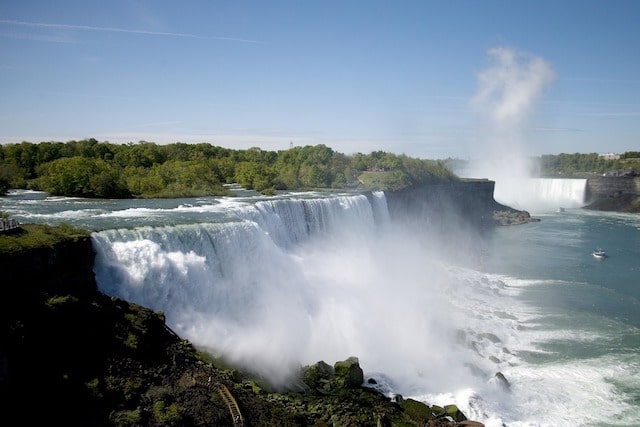
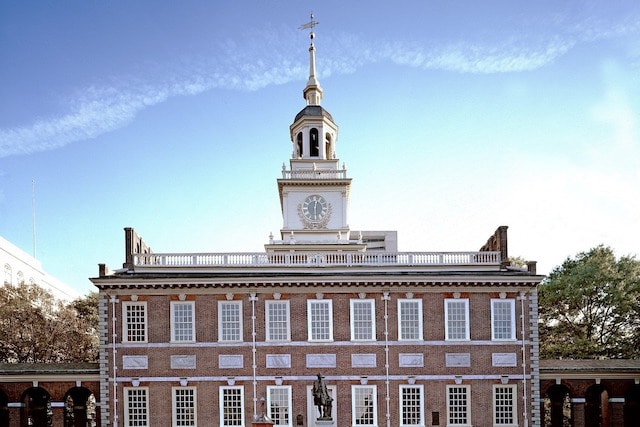

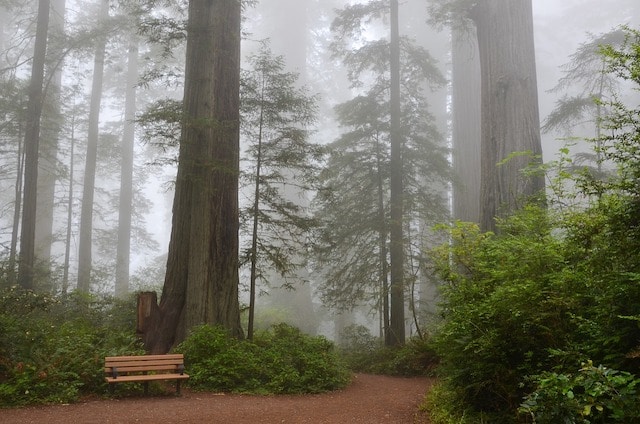
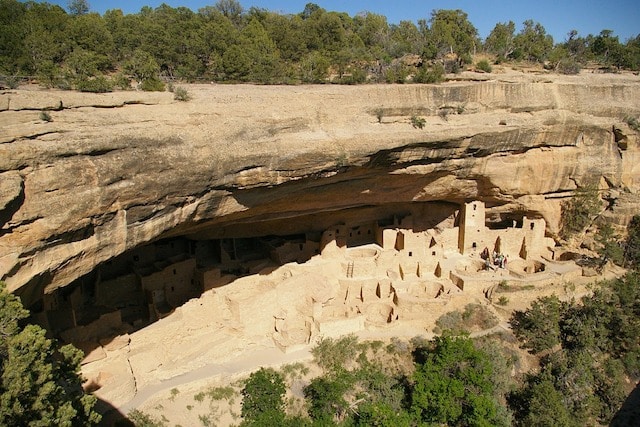
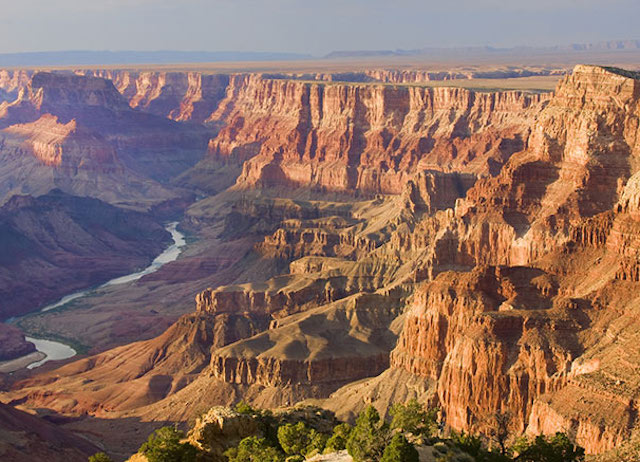

No comments:
Post a Comment